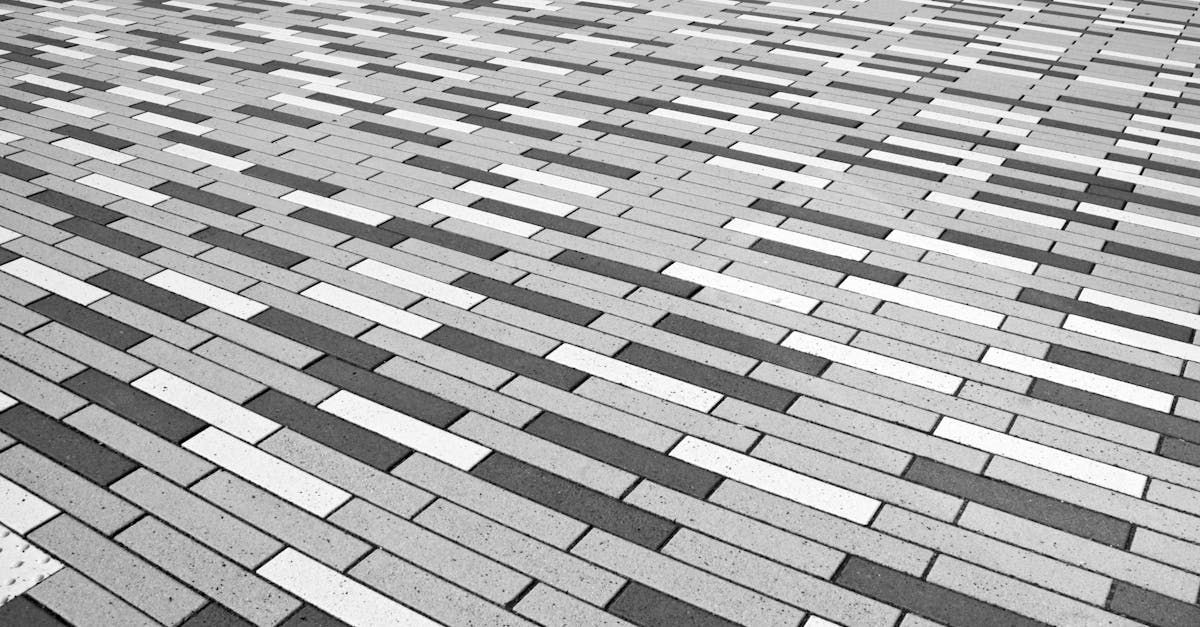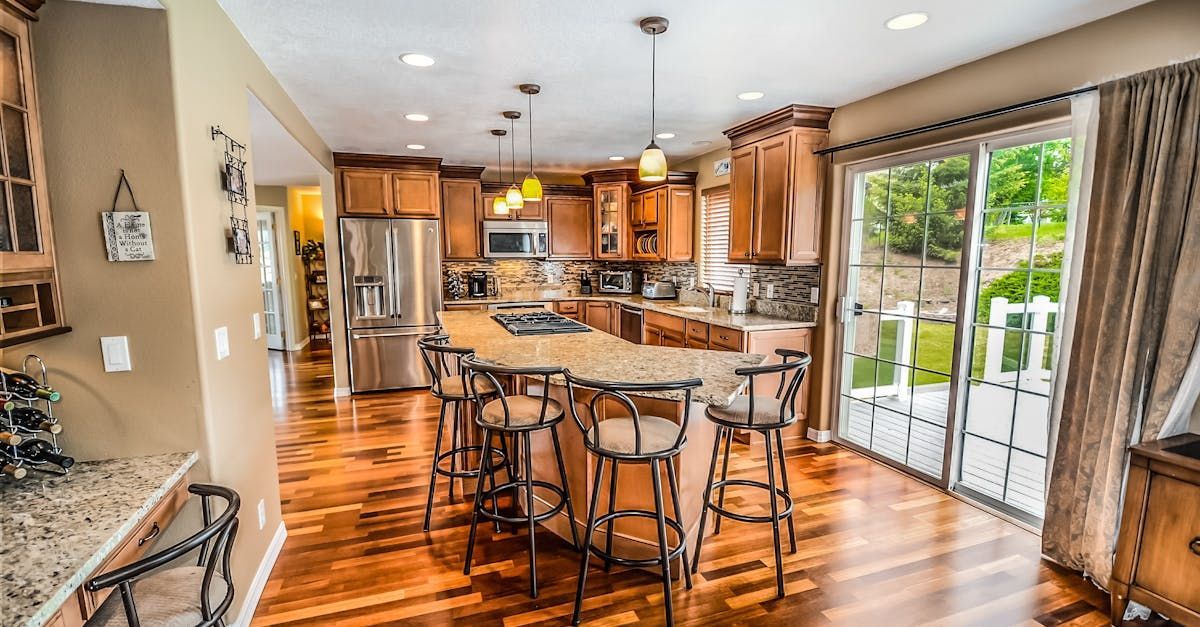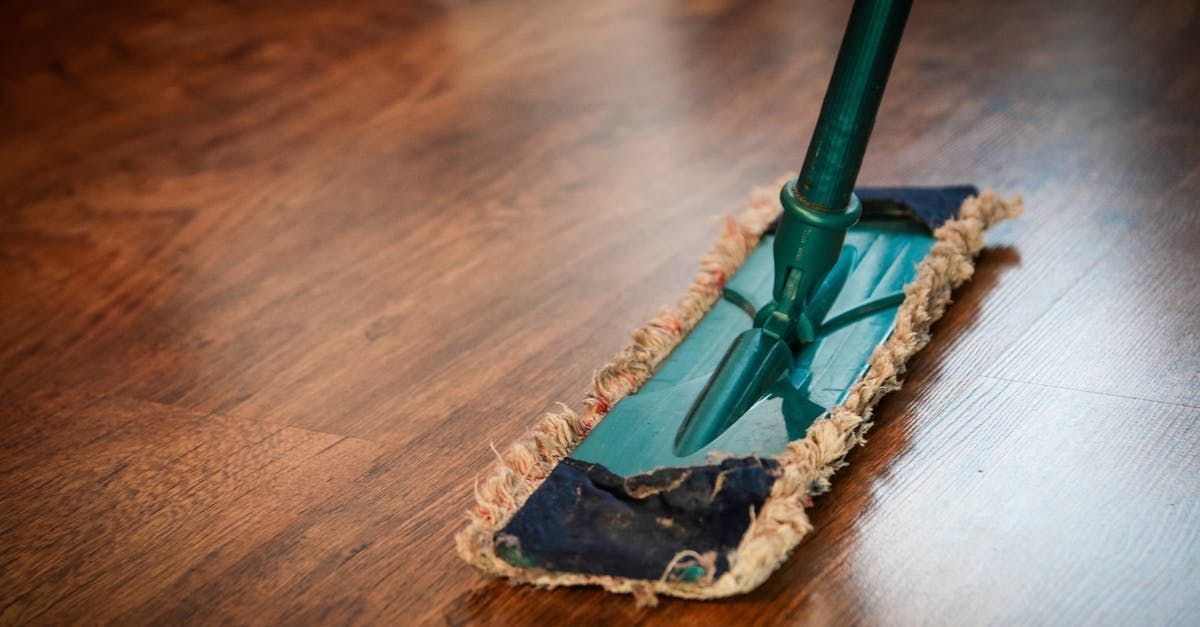4. How Much Does Flooring Installation Cost?
The cost of flooring installation depends on several factors, including the type of flooring, the size of the area, the complexity of the installation, and any additional preparation work required. Materials like hardwood and tile tend to be more expensive both in terms of the cost per square foot and the labor involved in installation. Vinyl and laminate are often more affordable options. Carpet prices vary widely depending on the quality and style. Homeowners should also consider costs for removing old flooring, leveling the subfloor, and finishing touches like baseboards or transition strips. Obtaining multiple quotes from reputable installers and comparing material costs can help homeowners budget effectively for their project.
5. Can I Install Flooring Myself, or Should I Hire a Professional?
While some types of flooring, such as laminate or vinyl planks, are designed for easier DIY installation, others, like hardwood or tile, require specialized tools and skills. DIY installation can save money, but it also carries the risk of mistakes that can be costly to fix, such as improper leveling, incorrect cuts, or uneven placement. Professional installers have the experience and equipment to handle the challenges of flooring installation, ensuring a high-quality finish. For complex installations or when using expensive materials, hiring a professional is often the best choice to protect the investment.
6. What Happens if My Subfloor is Damaged or Uneven?
A sound, level subfloor is essential for a successful flooring installation. If the subfloor is damaged or uneven, it may need to be repaired or replaced before the new flooring can be installed. Common subfloor issues include rot, moisture damage, or structural weaknesses. In some cases, a simple leveling compound can be applied to correct minor imperfections, but more extensive repairs might be necessary for significant damage. Ignoring subfloor problems can lead to issues with the new flooring, such as uneven wear, gaps, or buckling, so it’s important to address these issues before installation.



